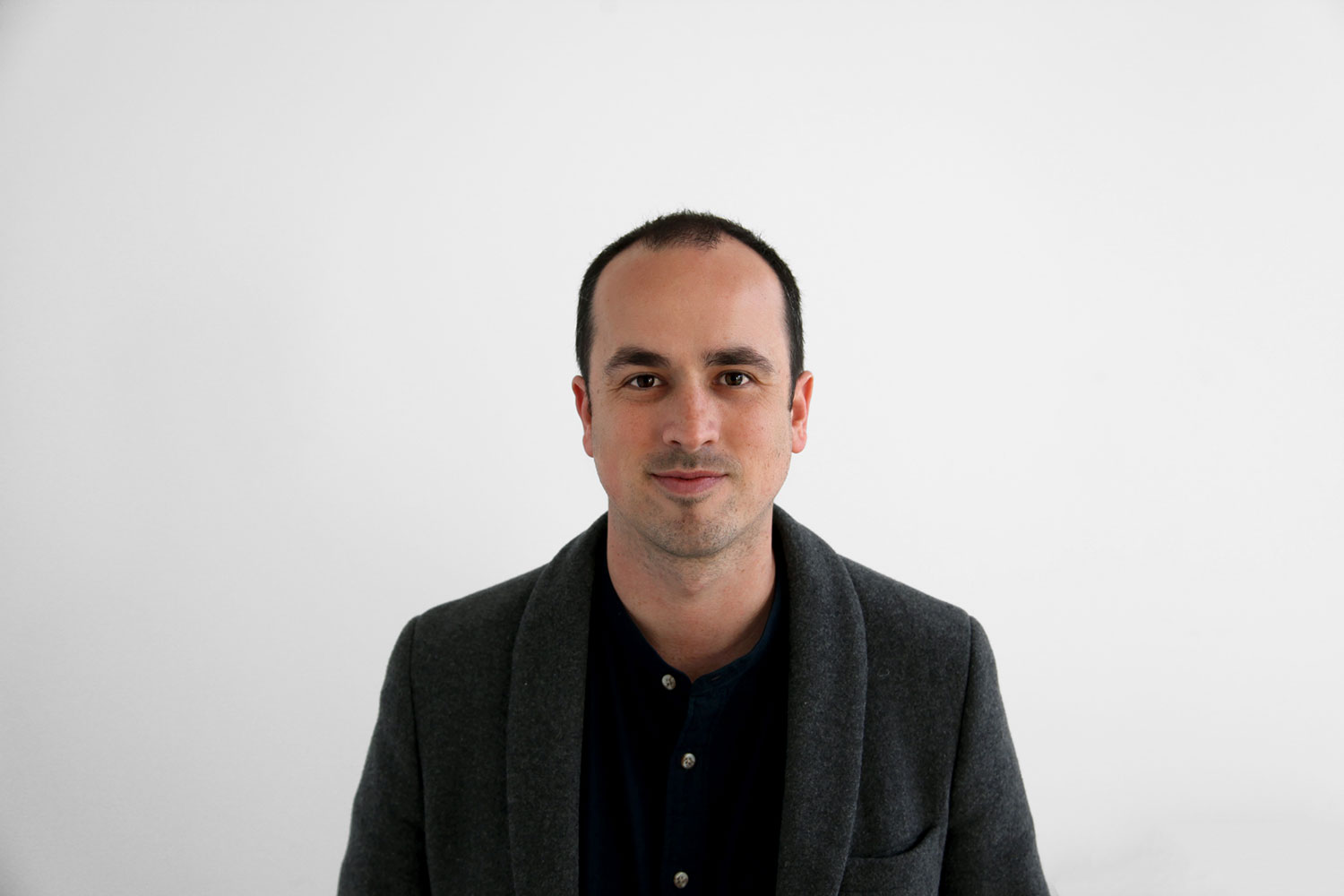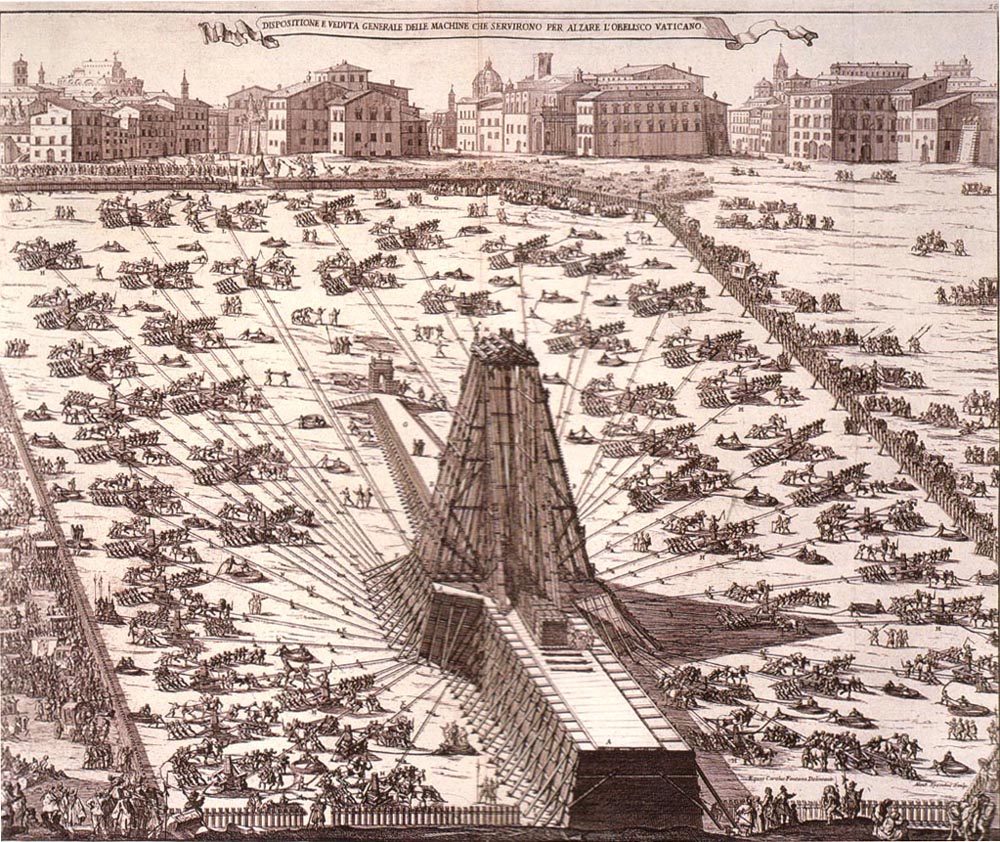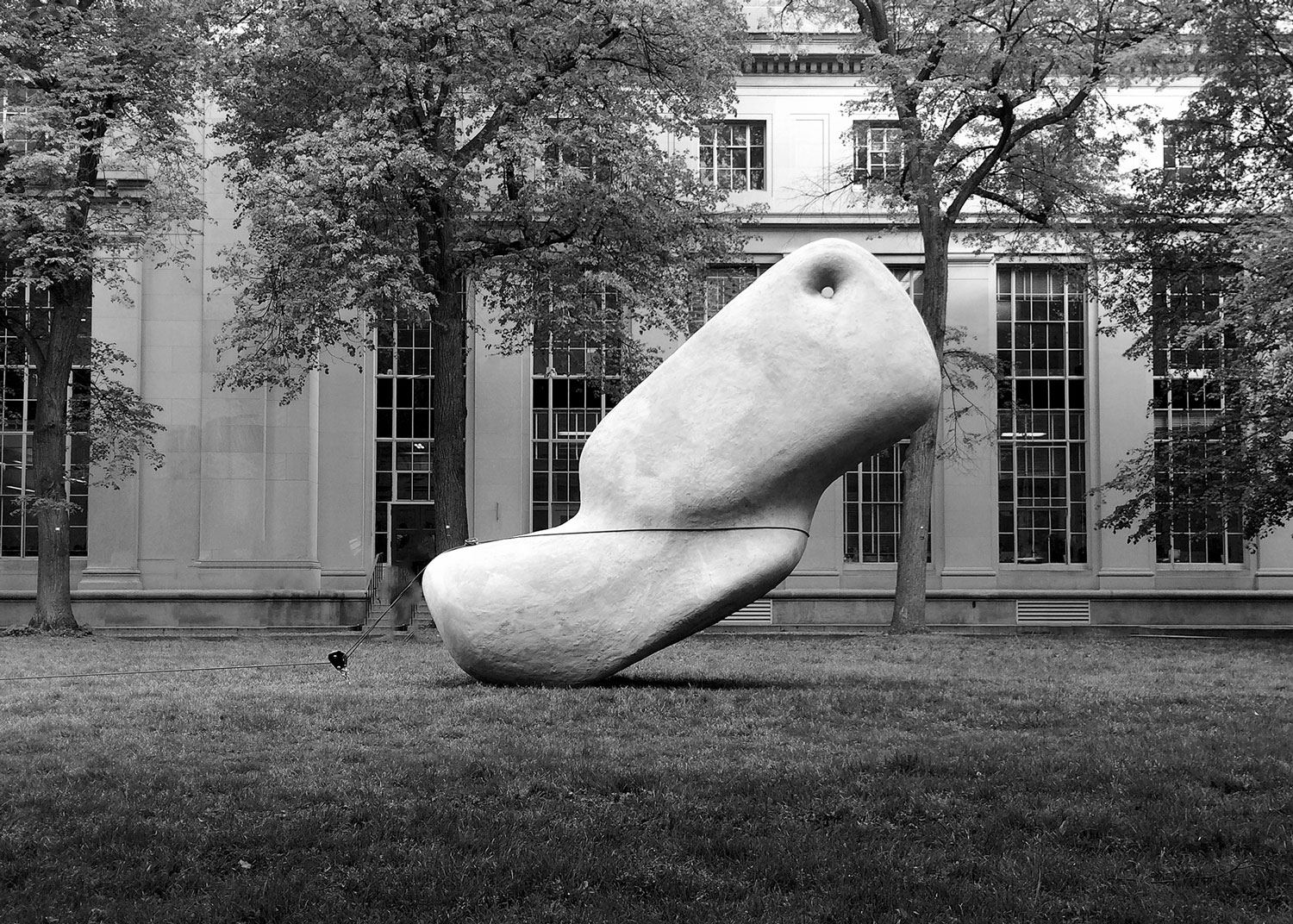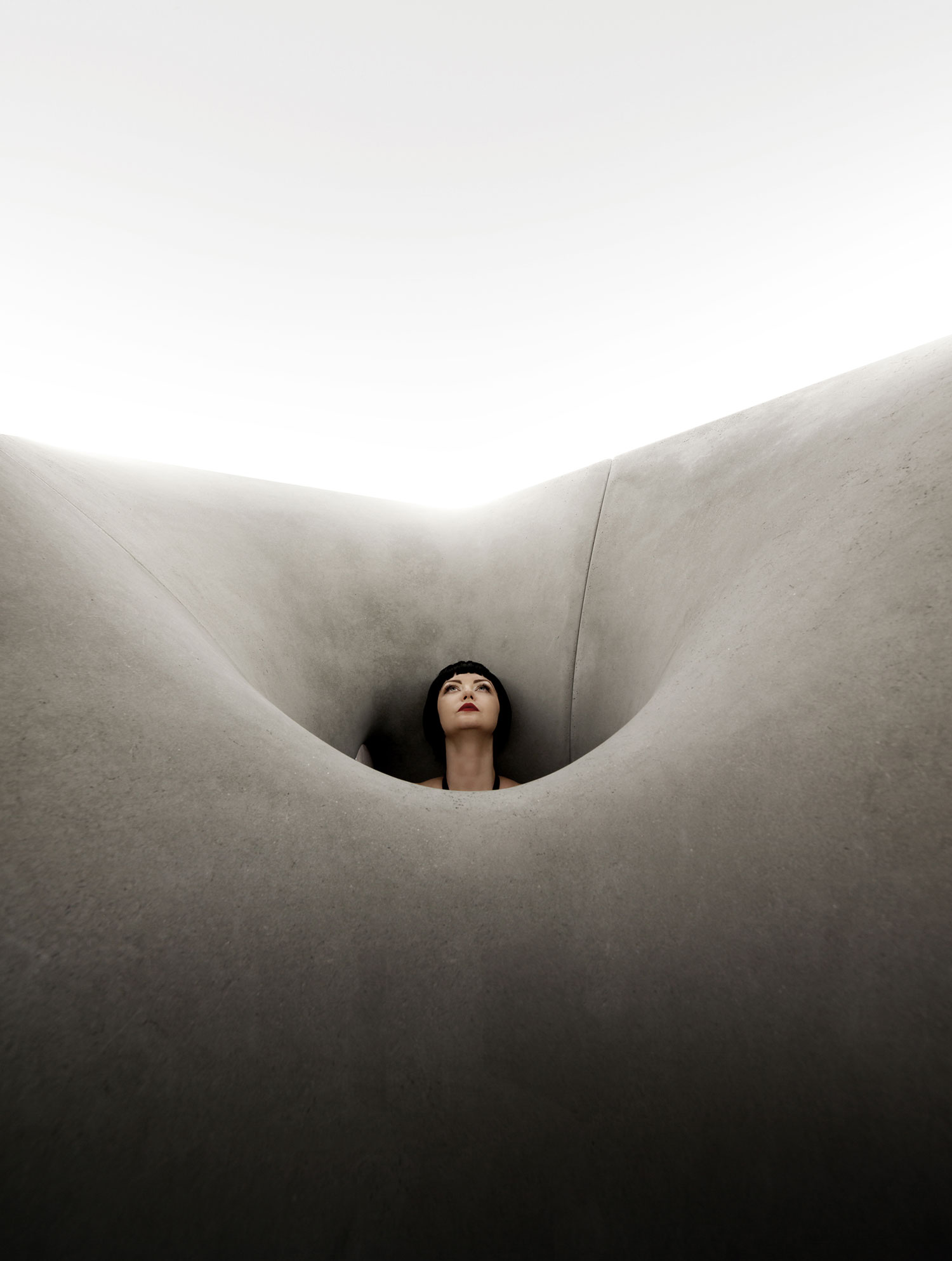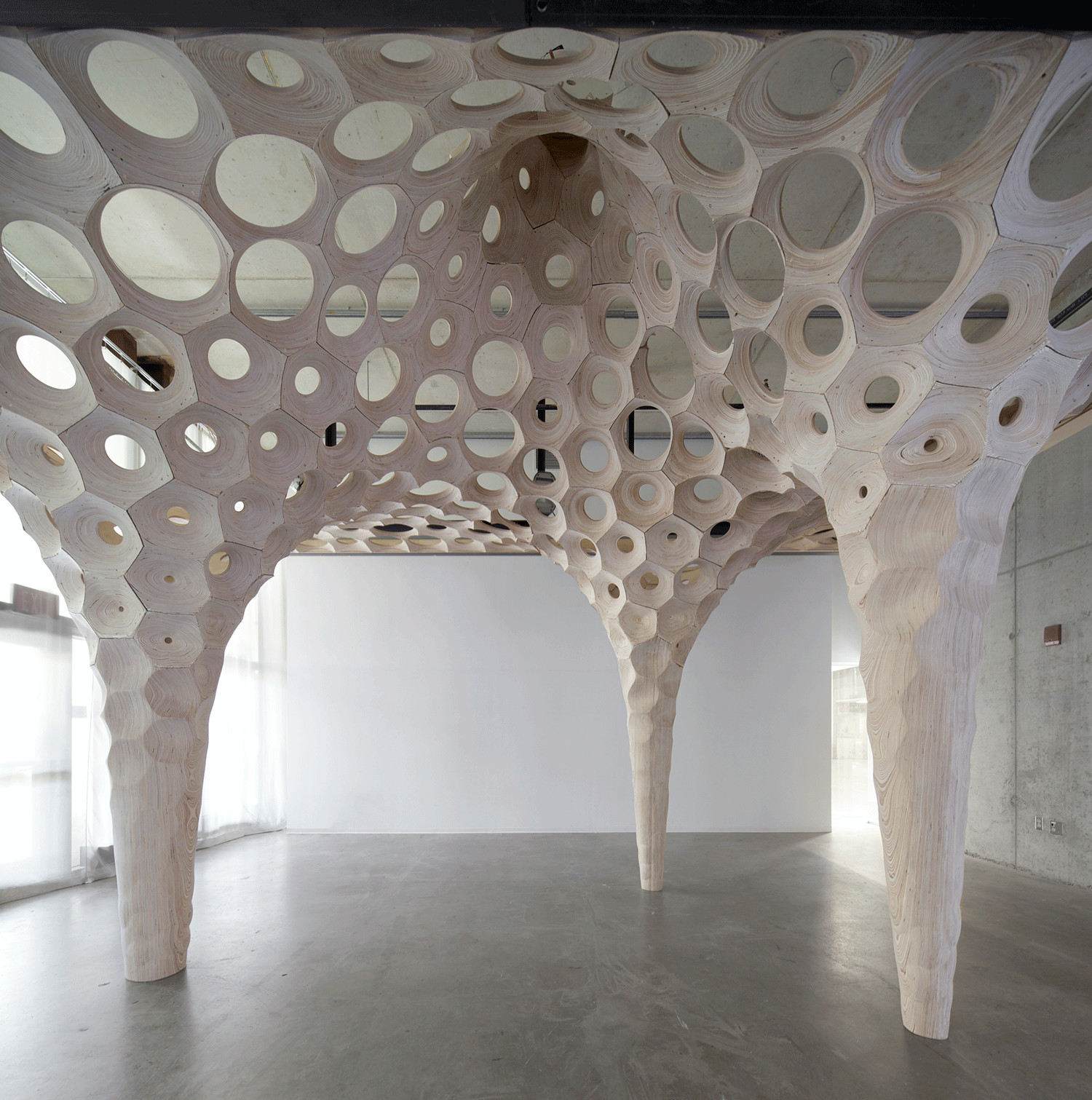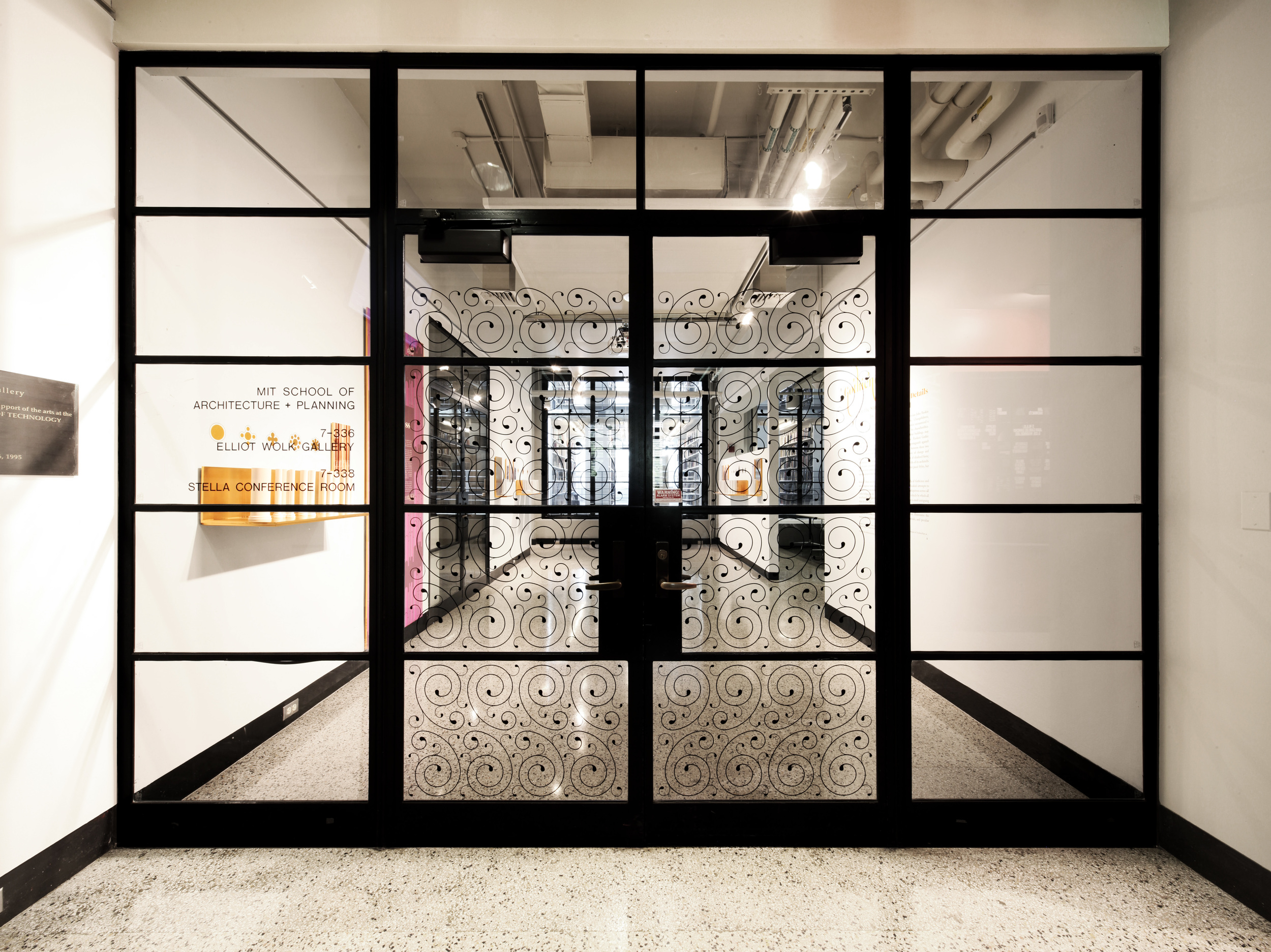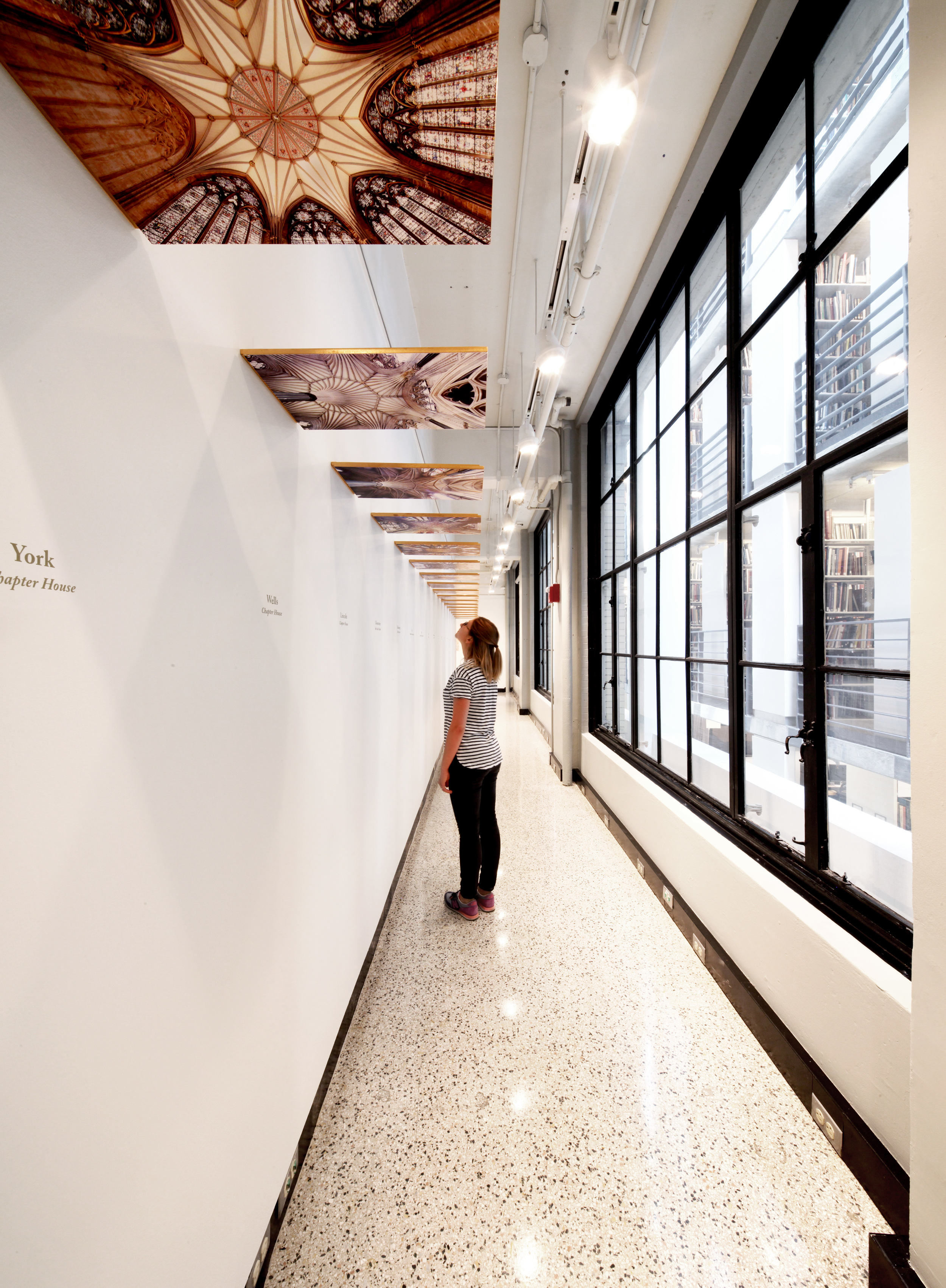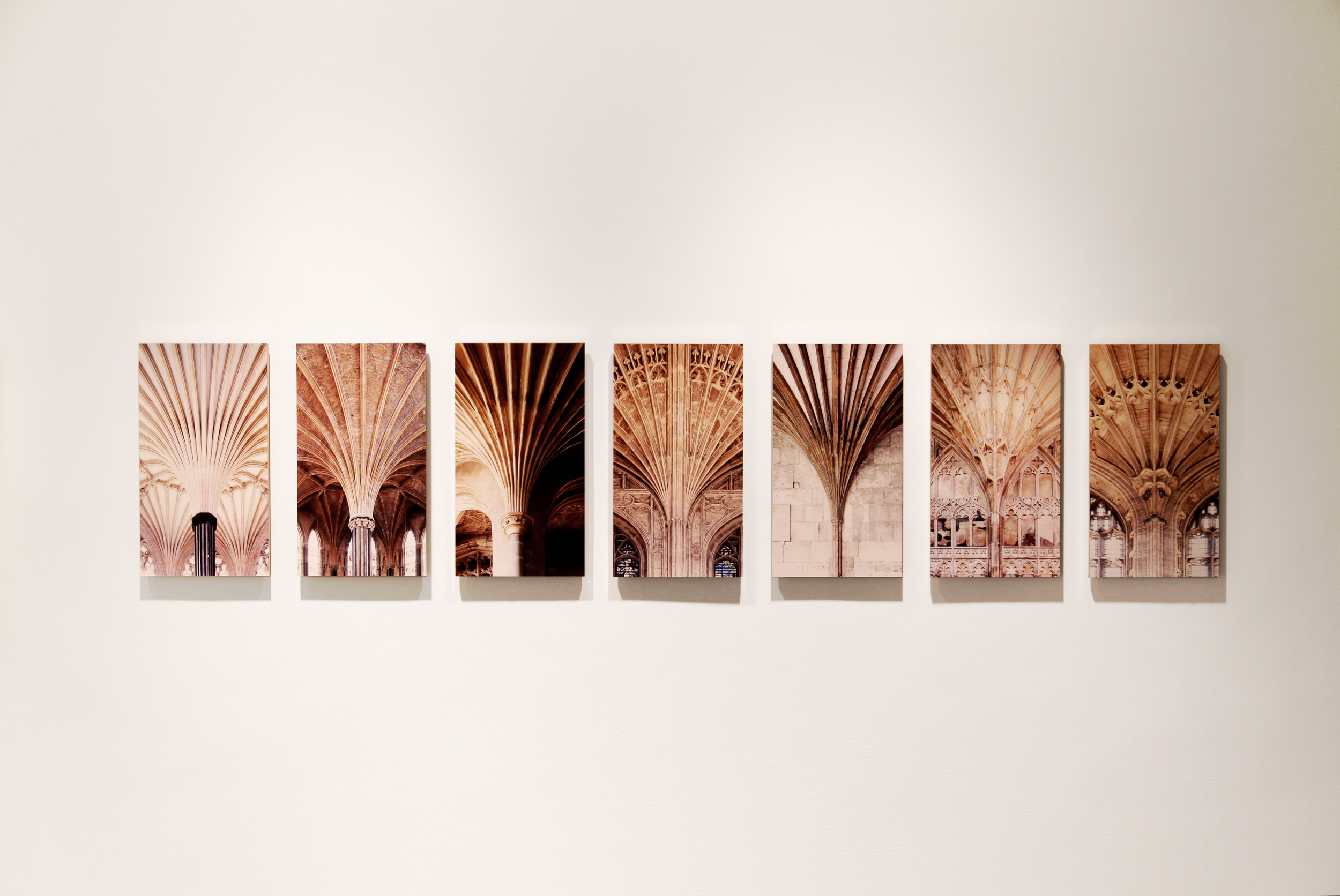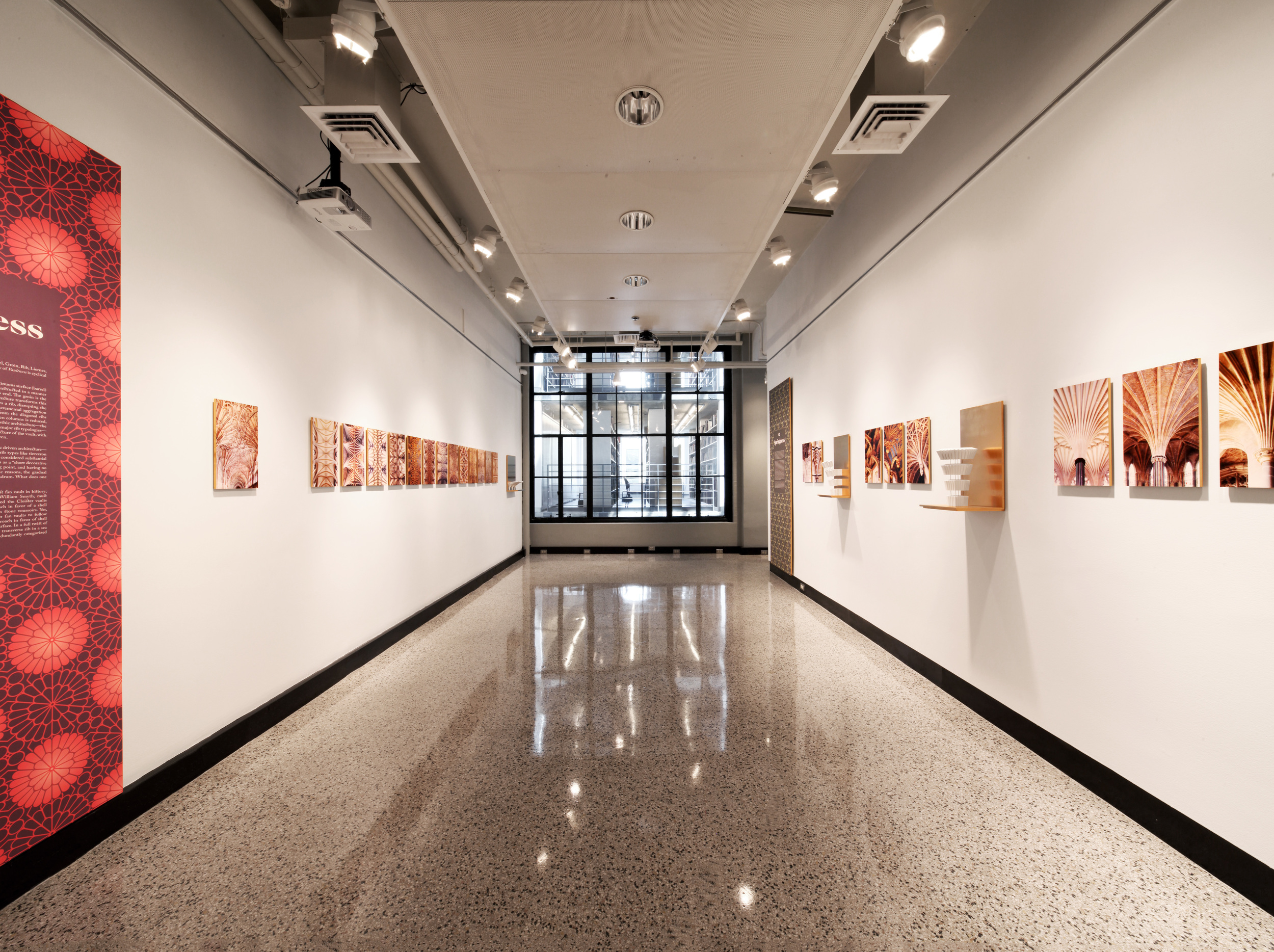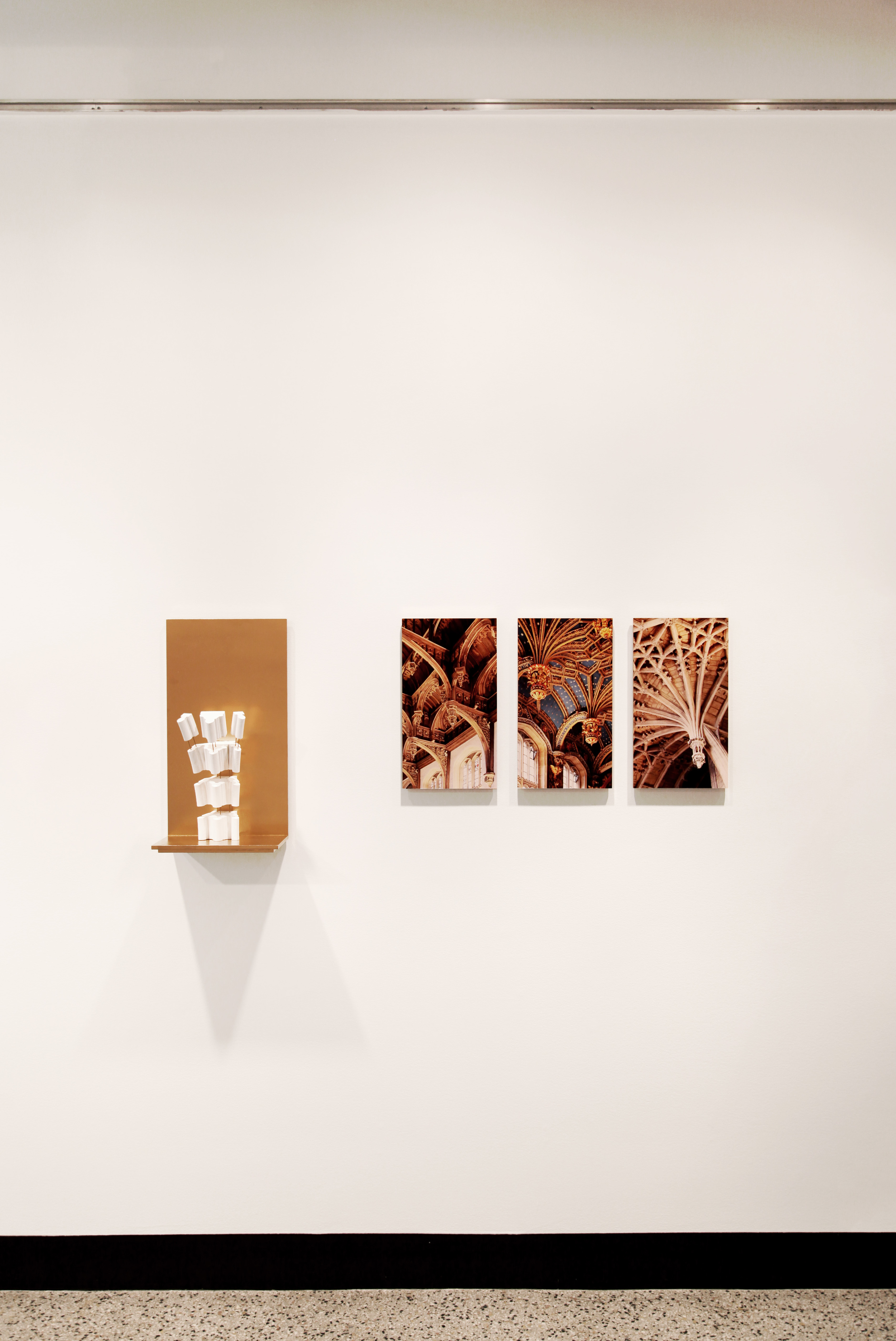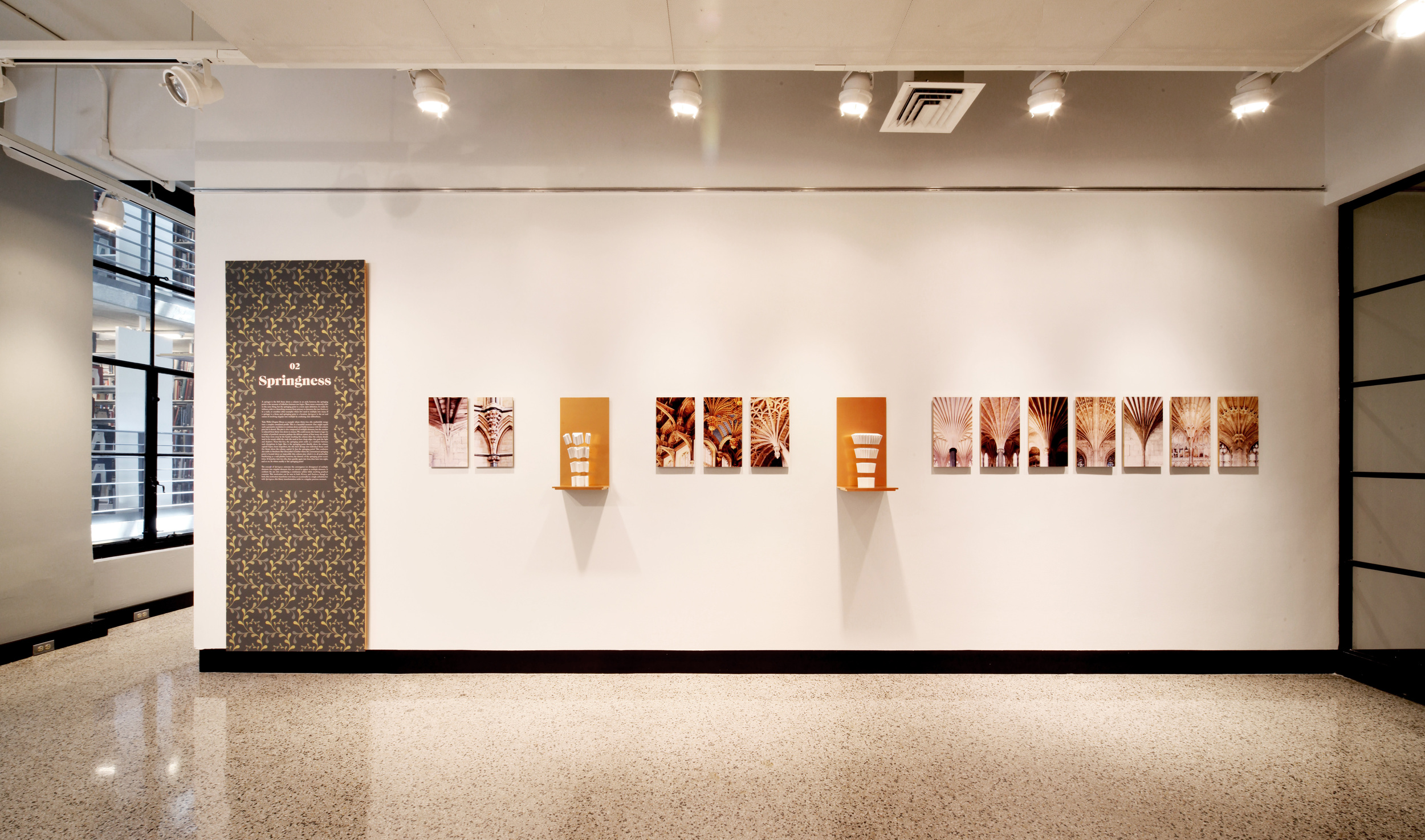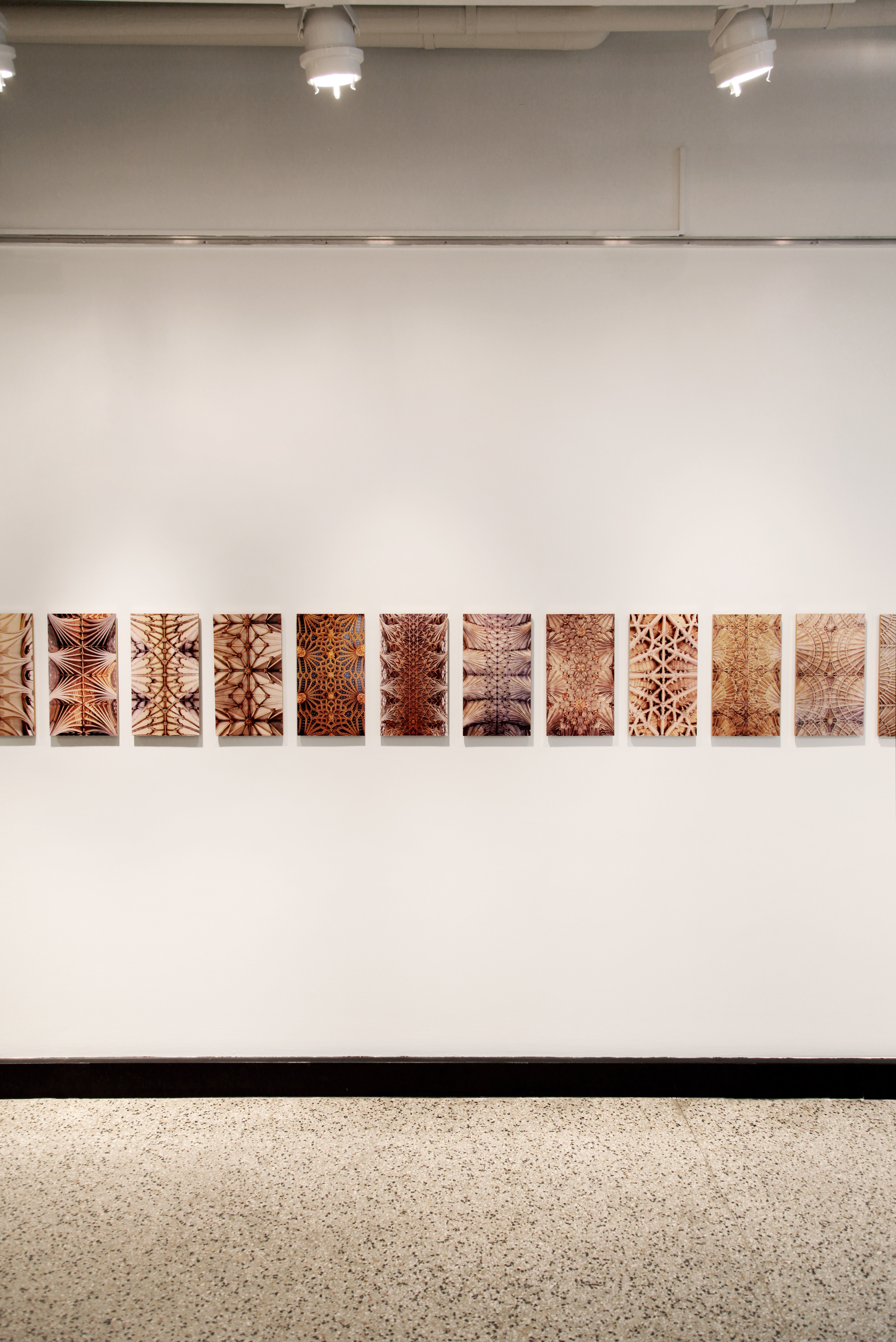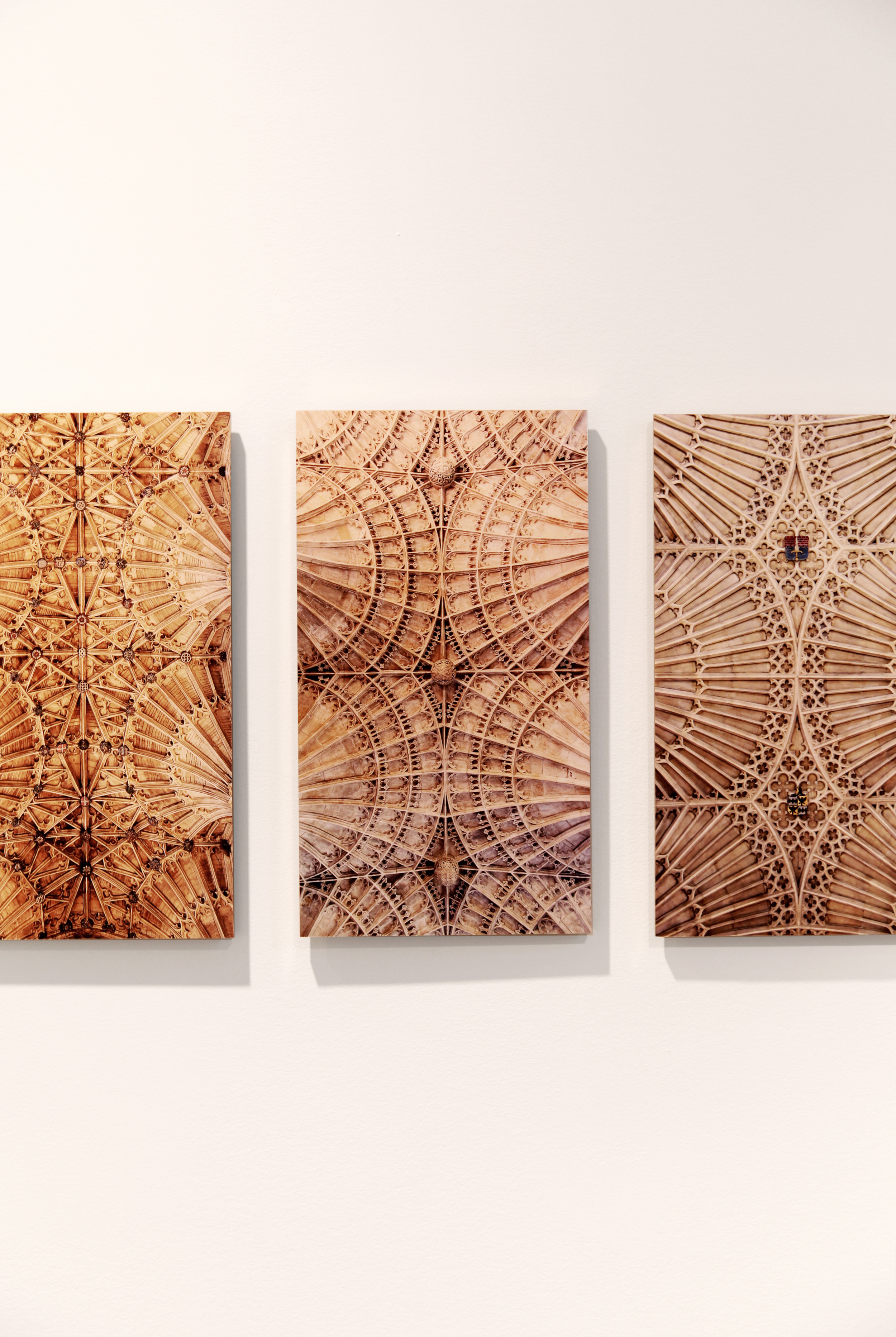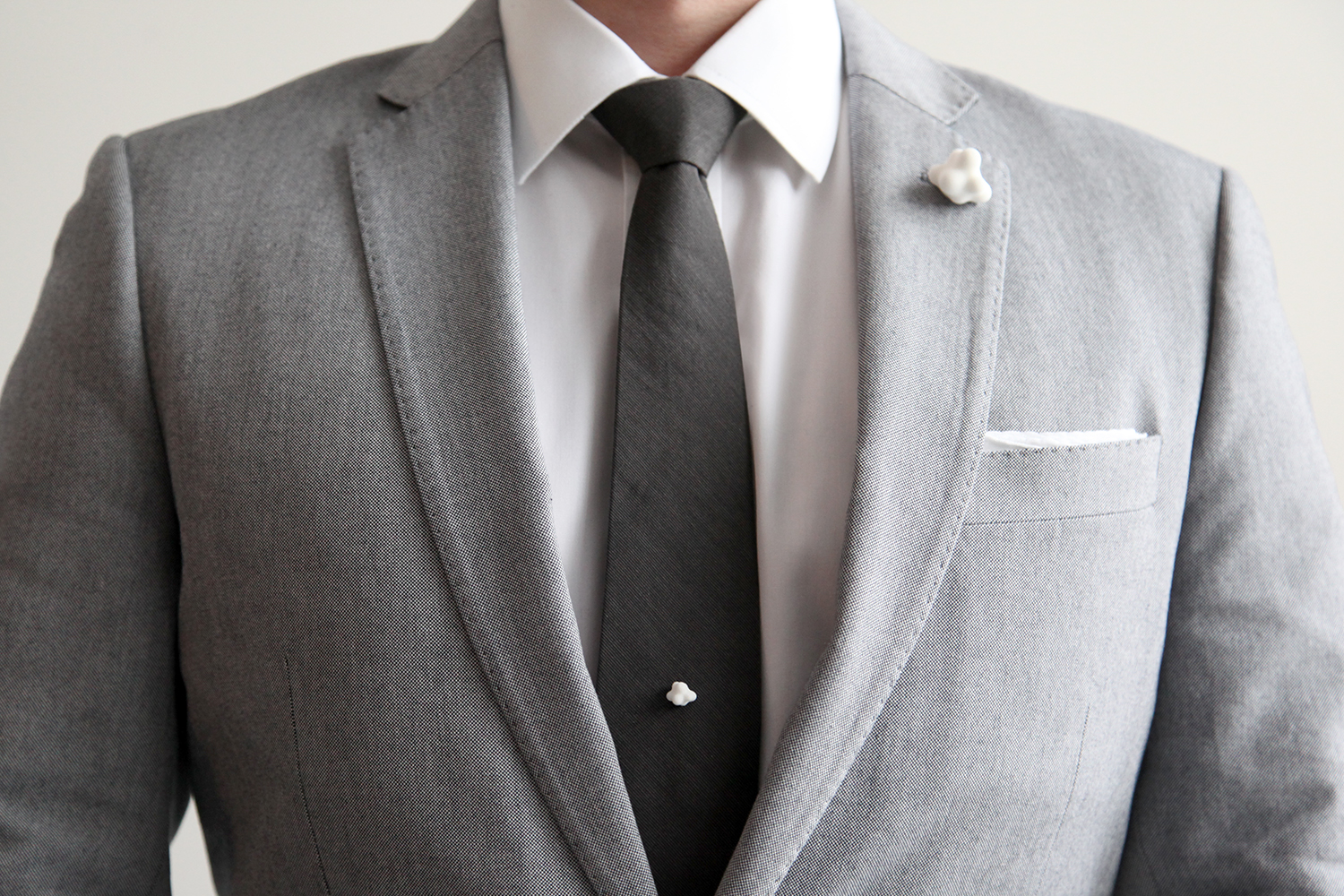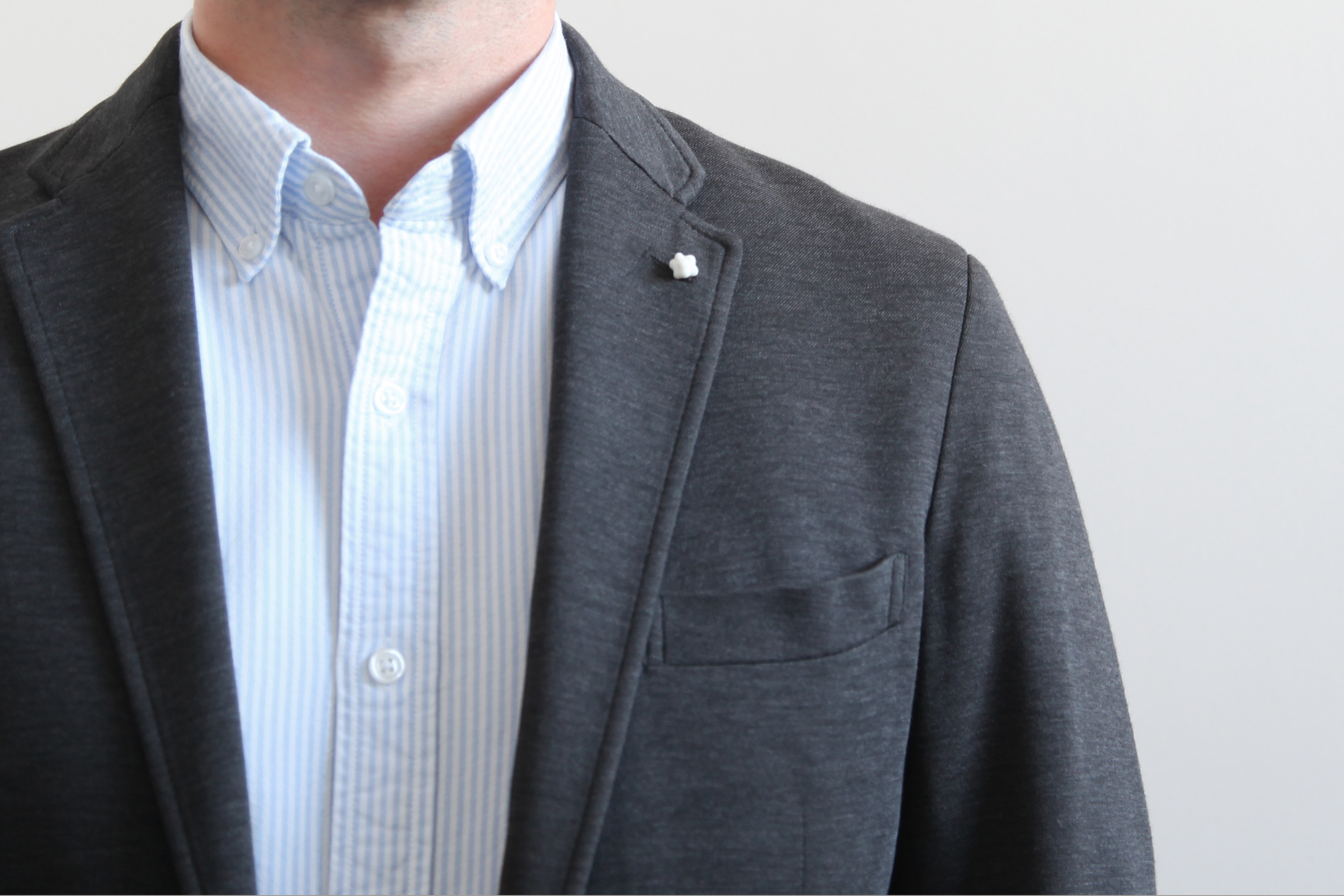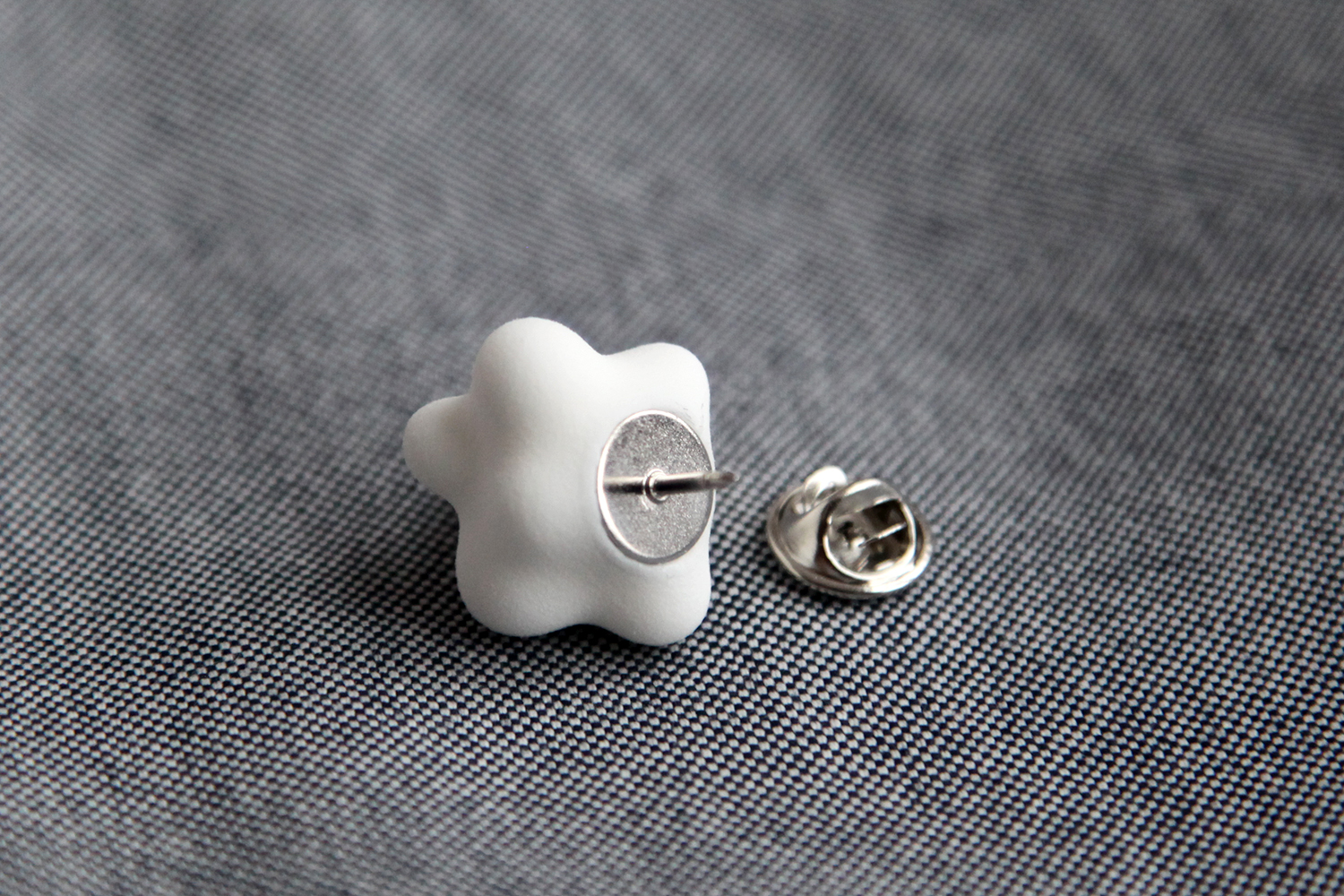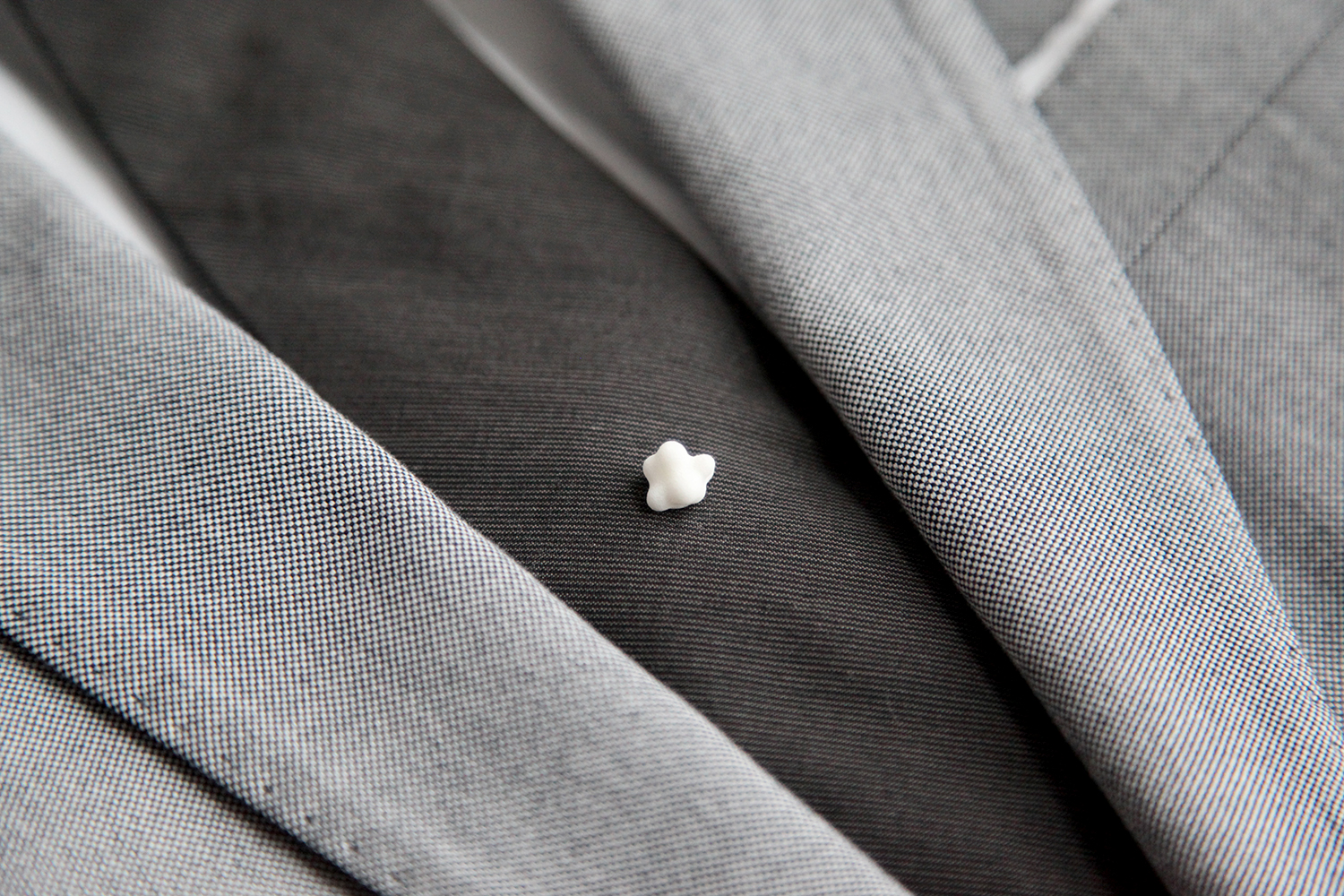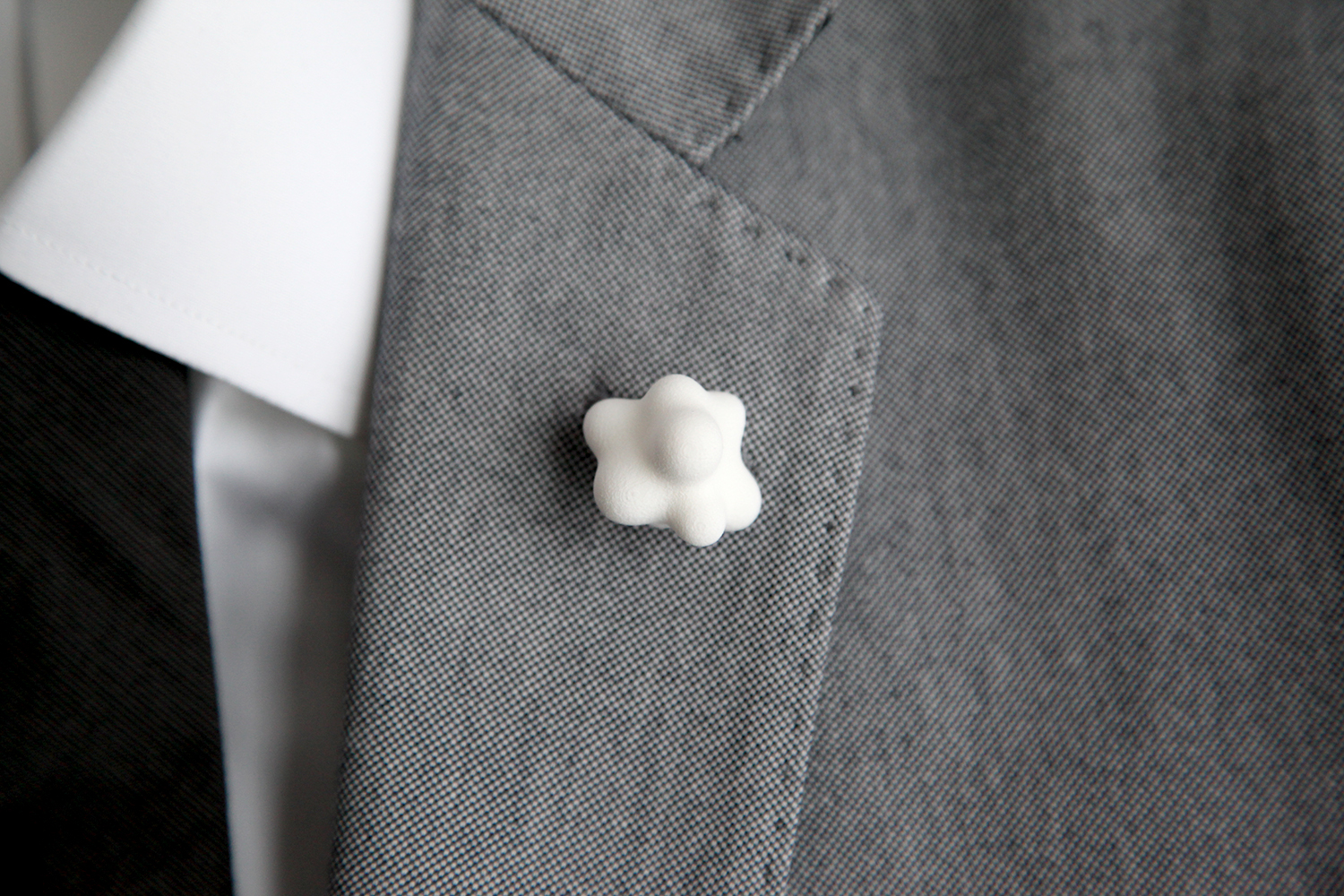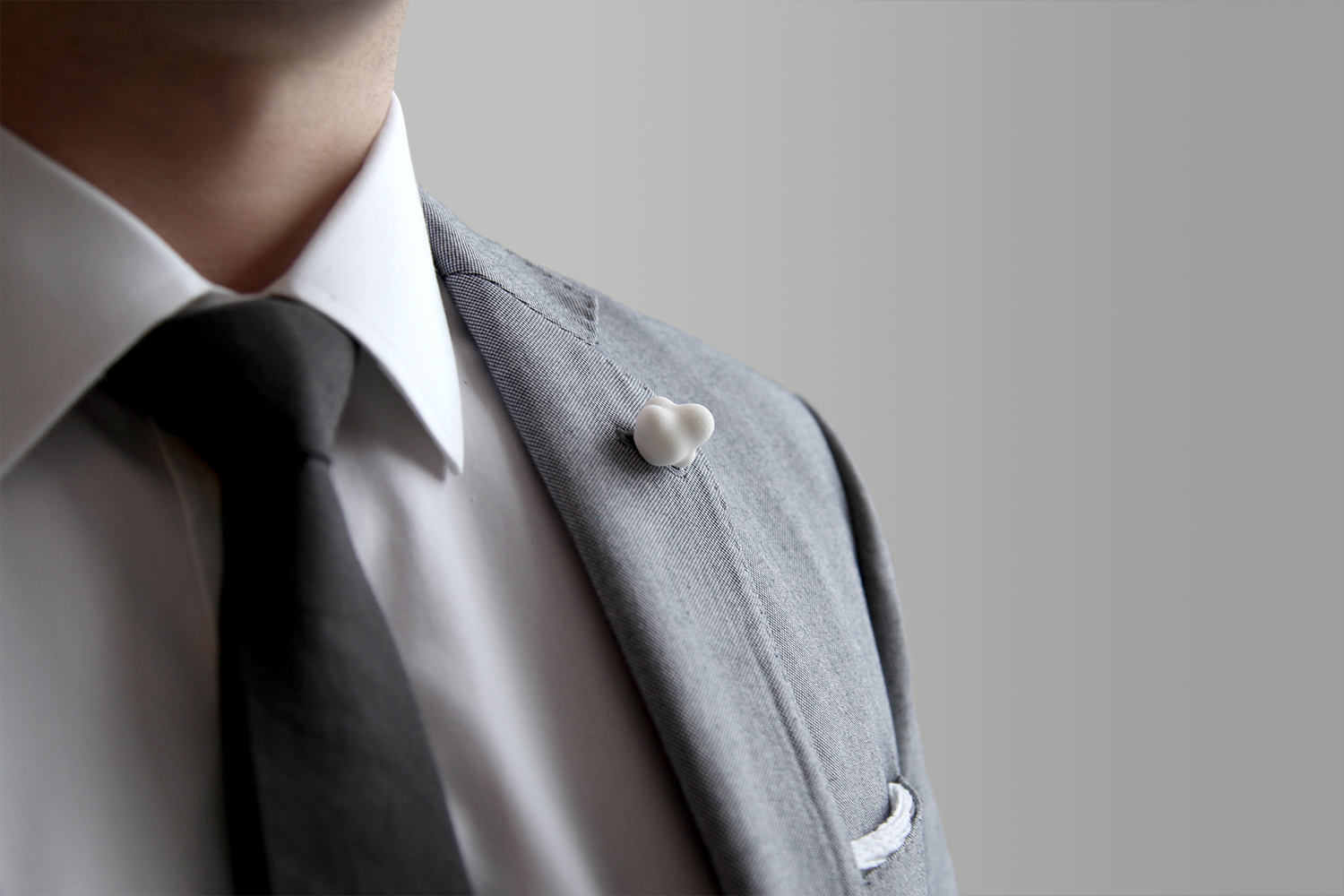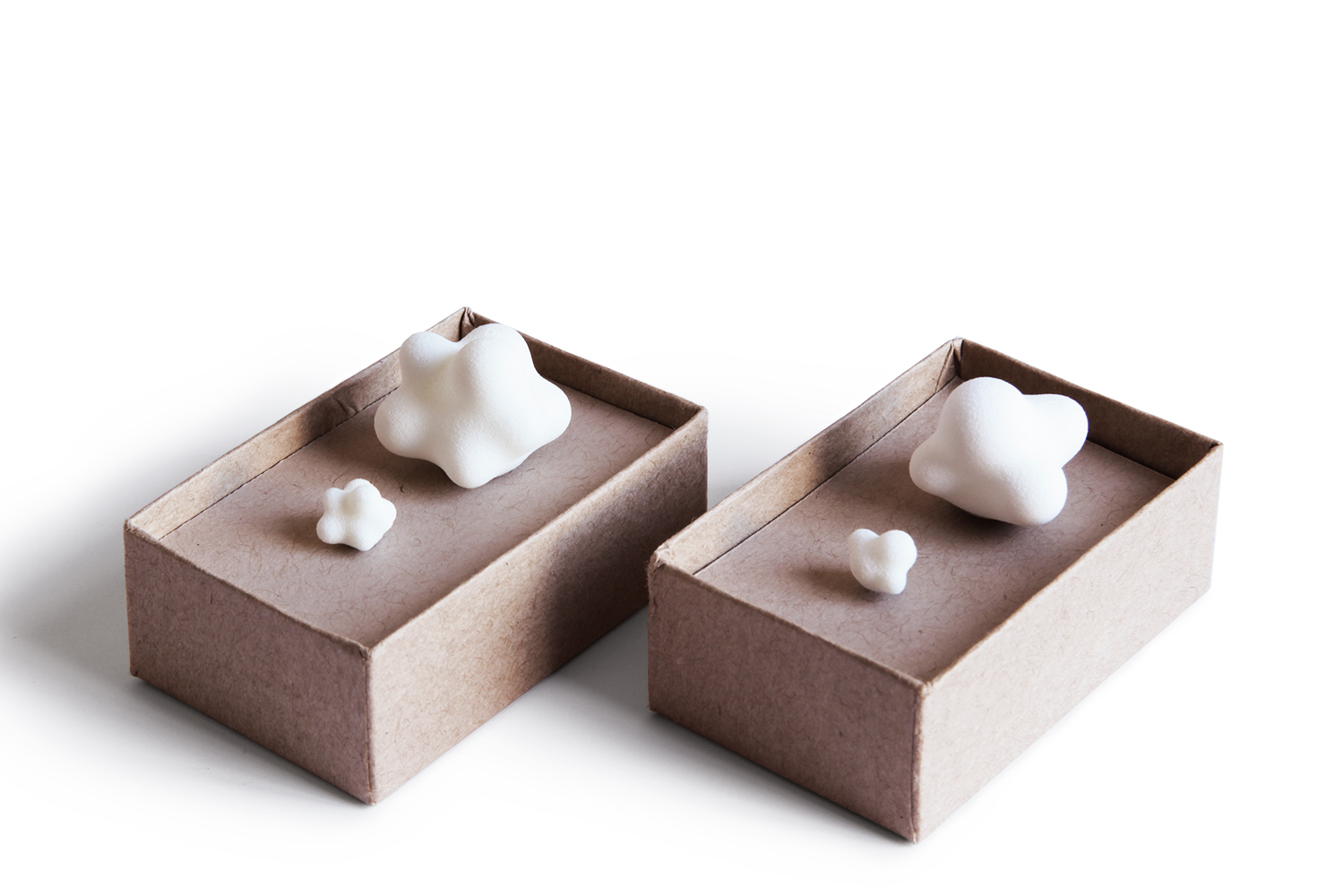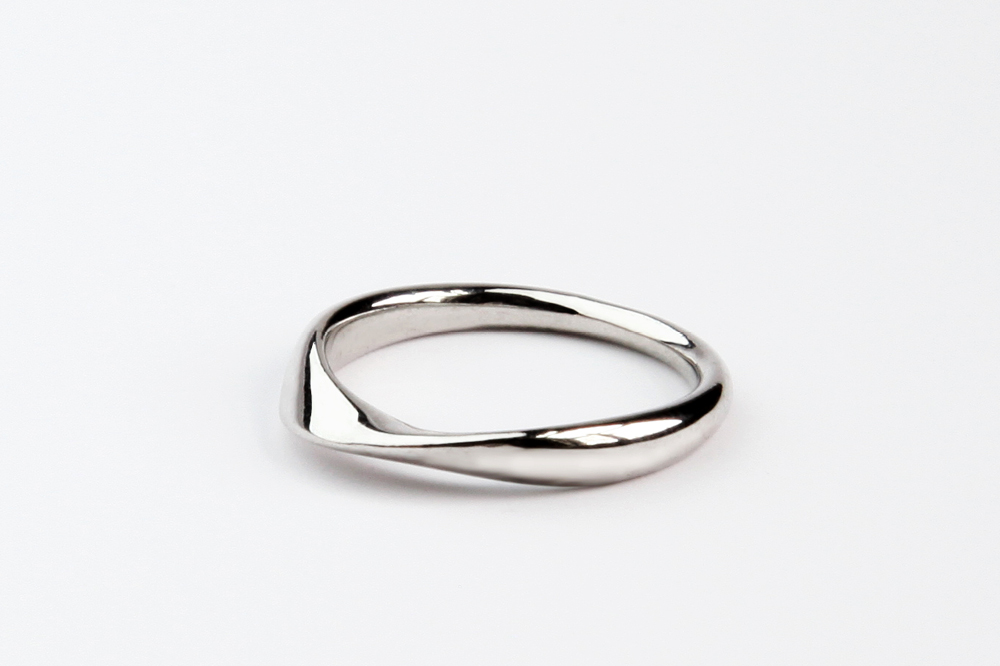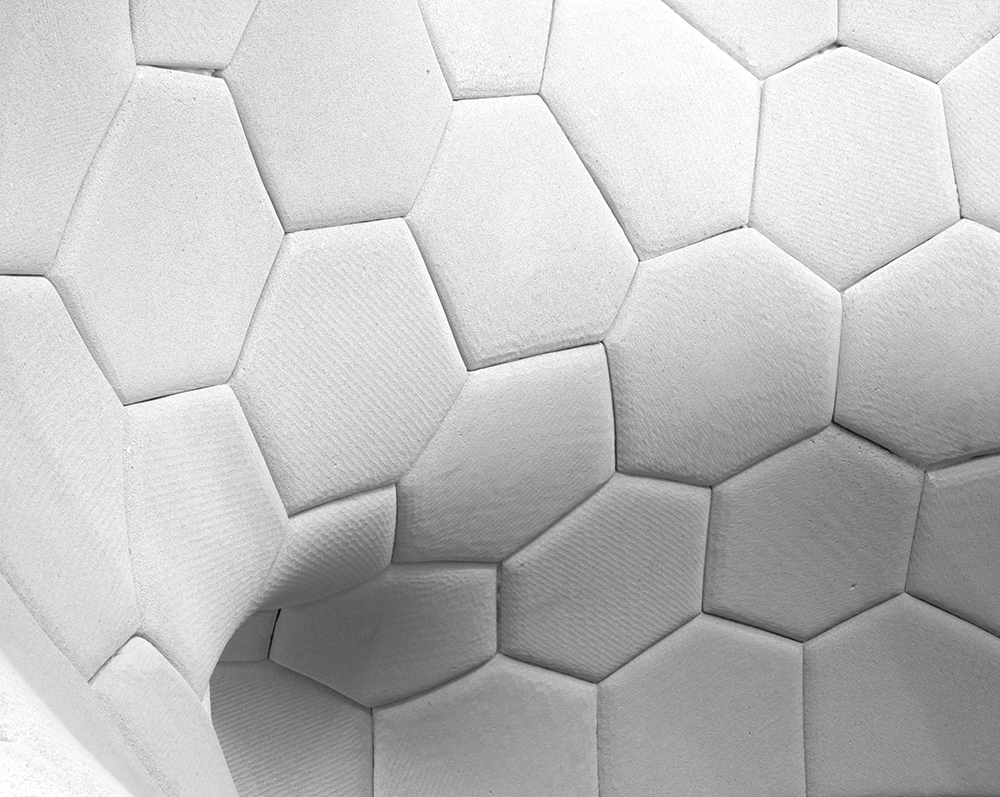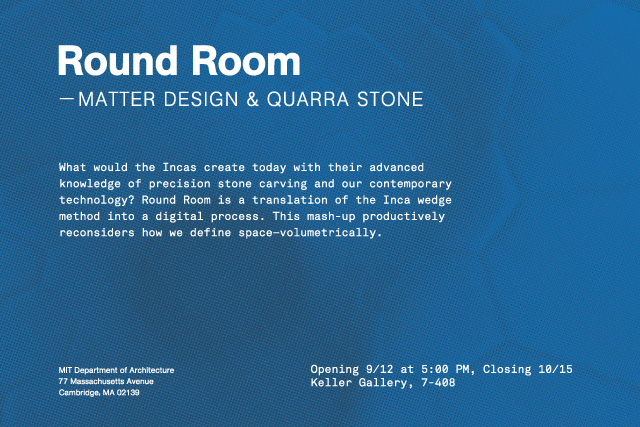Quarra Stone and Matter Design announce the third annual Quarra Matter Fellowship. This prestigious fellowship is a research position as part of an ongoing industry/academy collaborative research project between Quarra Stone and Matter Design on advancing digital agendas in the material stone.
Two research fellows will work daily at Quarra Stone’s location in Madison Wisconsin for the duration of a 10-week research project in the summer of 2017. During the course of this fellowship, the researchers will work directly with the Quarra Stone team to develop and implement advanced fabrication processes. This research will culminate in a series of large-scale constructed artifacts carved and assembled of stone. Fellows will work with and alongside the professional stone fabricators at Quarra Stone and are expected to report and communicate the research with their respective research coordinators—Brandon Clifford at MIT and Wes McGee at UM. This collaboration includes Caitlin Mueller in developing computational strategies with regard to the discipline of structure.
Past fellowships include a cairn (see this video) by the 2015 fellows Dustin Brugmann and Luisel Zayas, and a method for carving and casting metal details into a white marble shell structure by the 2016 fellows Inés Ariza and Shan Sutherland that will be published in this years Fabricate Conference.
The intention of this research is to build processes that improve accuracy and reduce the gap between drawing and making. Quarra Stone has vast resources dedicated to complex carving of stone, and Matter Design has an interest in engaging this resource and shoring it with computational intelligence. Both parties share an interest in this symbiotic relationship and the fellows will serve to implement, document, and aid in the publication of this research. Throughout the process, fellows will be exposed to master stone-cutters and learn about the process of cutting stone while simultaneously translating that knowledge into digital craft, thus sharing this knowledge with Quarra Stone. While the research is serious, the people at Quarra Stone are incredible hosts, and plenty of fun is had.
Eligibility:
This fellowship is eligible to current students and recent graduates of MIT and the University of Michigan, as well as previous Quarra Stone interns. Applicants at any level of their education will be considered. If you have any questions about your eligibility, please contact us.
Honorarium Details:
Each fellow will receive a stipend of $10,000. Throughout the 10 week period, 80% of the stipend will be distributed via payroll with the final 20% delivered upon submission of the research documentation. This stipend does not include travel or lodging.
Process to Apply:
Candidates must submit application material VIA E-MAIL AS ONE PDF ATTACHMENT.
Application Deadline: 5:00pm EST on February 05, 2017.
MIT Application Submission: bcliffor@mit.edu (Brandon Clifford, MIT/Matter Design)
UM Application Submission: wesmcgee@umich.edu (Wes McGee, UM/Matter Design)
Application Material: In ONE pdf please include the following
- 100 word biography explaining which program the applicant is enrolled in and at what stage, as well as any notes about prior fabrication, computation, and research experience.
- 250 word statement of interest
- Curriculum vitae or Resume
- 3 images (only) expressing the applicants ability to work with computation and fabrication
- 3 Reference Contacts (not letters)
Applications will be reviewed by the second week of February with follow-up interviews soon after.
Brandon Clifford & Wes McGee | Matter Design
Jim Durham | Quarra Stone

